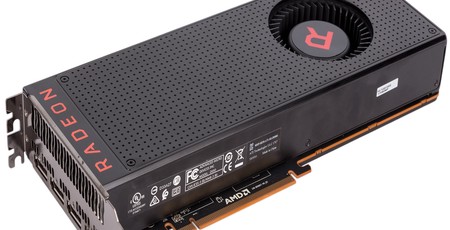
Performance Analysis
A quick word on testing. We’ve pitched these reference cards against third-party, overclocked variants of their Nvidia counterparts, simply because these are most representative of what people are likely to buy and the performance they’re likely to see. Rest assured that we’ll be testing as many third-party Vega cards as we can as soon as they’re available. We’re also aware that our selection of game titles is getting long in the tooth, but time constraints prevented us from changing things up for this review. There’s still a nice spread of DX11 and DX12 titles, but sadly we could not get Doom to run. Even with a clean install, the game just doesn’t run, and our troubleshooting time expired. We will seek to replace it with an alternative Vulkan title as soon as we can. With that out the way, let’s get onto the analysis proper.

The Vega 64 proves itself capable of 4K gameplay, but like the GTX 1080 some games are just too much for it, so you won’t always be playing at maximum settings. It should also deliver a great experience at the ultrawide resolution of 3,440 x 1,440 as a result. AMD’s architecture continues to be stronger in DirectX 12 than DirectX 11 relative to Nvidia, and if we had to pick one to be better at it certainly would be the latest API. In our games, the Vega 64 is 2.5 percent slower than the EVGA GTX 1080 FTW we tested on average, but it is the faster card when you isolate the DirectX 12 titles, and it’s held back in the average by lacklustre performance in Fallout 4. If we had managed to get Doom running, we suspect it would have more than made up for it.
Ultimately, the GTX 1080 and RX Vega 64 will trade blows depending on the title and API you run, but given that this is a stock speed card taking on an overclocked one, AMD has definitely achieved performance parity with the GTX 1080. AMD’s new flagship consumer card is also faster than the R9 Fury X by 25-33 percent depending on the test. These comparisons put AMD in a better position than it was, of course, but considering the age of the hardware we’re using for comparison here, it’s still hard not to be underwhelmed.

The RX Vega 56 is, to our eyes, the more impressive of the pair. It achieves performance that is very similar to a heavily overclocked GTX 1070; it’s two percent quicker on average in fact. Similar to the RX Vega 64, comparisons favour the AMD hardware more in DirectX 12 and in higher resolutions, although lower resolution gameplay is still competitive, which wasn’t the case on the Fury X. While it still delivers some very nice 4K results, it’s definitely more suited to a 1440p setup. Perhaps the most telling comparison, however, is that despite the 20 percent price reduction compared to the RX Vega 64, the RX Vega 56 is slower by less than 10 percent on average.
The power chart shows us that power consumption is greatly affected by the power profile you choose, and performance can be too. For example, in Power Save, the RX Vega 64 sees system power consumption hit 333W while performance is on par with an overclocked GTX 1070 in 3DMark Fire Strike Extreme. Turbo, meanwhile, sees a jump to 452W at the wall and performance that's more like an overclocked GTX 1080. The range is a little less for the RX Vega 56, but we still see significant gaps between modes. Vega also proves to be less efficient than Pascal, unfortunately, although the difference is much worse for the RX Vega 64 – it has default system power consumption of 411W compared to 339W for our GTX 1080; the RX Vega 56, meanwhile, gets 314W while the overclocked GTX 1070 is at 303W.
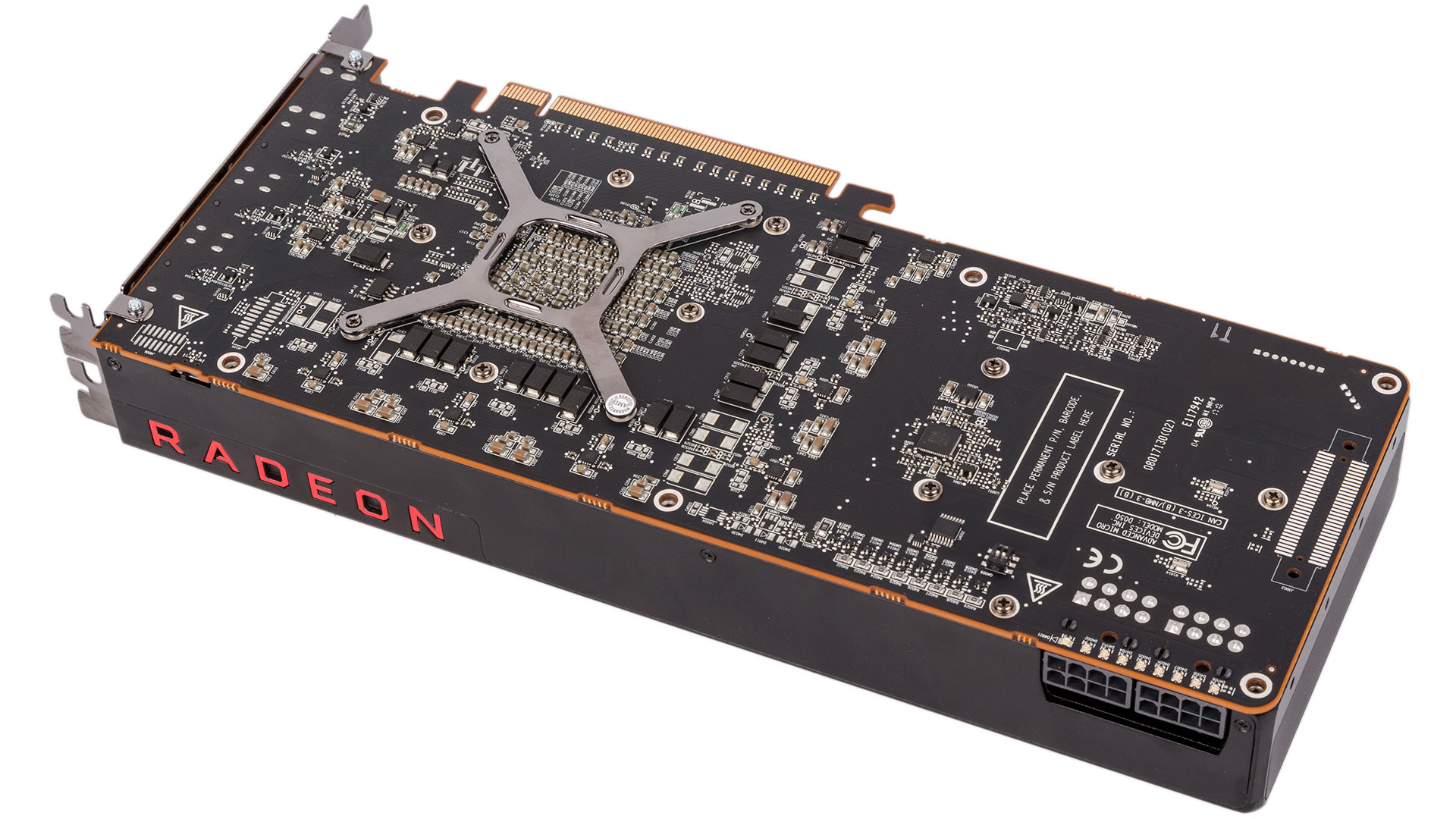
As for temperatures, the RX Vega 56 again comes out better, with the delta T of 53°C comparing well to the RX Vega 64 at 60°C. The RX Vega 64 also quickly reaches its maximum default fan speed of 2,400 RPM, which is pretty loud (not R9 290X loud, but very clearly audible nonetheless) and means the card is capped both thermally and by power, whiile the RX Vega 56 maintains its lower temperature at sub-2,000 RPM. Turbo profile changes nothing for the flagship here, since it's already capping out in Balanced, but the RX Vega 56 gets a touch noisier (about 2,100 RPM) for the same temperature. Power Save allows the RX Vega 64 to drop to 53°C and the fan speed lowers to 2,000 RPM, but the sacrifice here will obviously be performance, as the power limit is reduced by a hefty 25 percent.
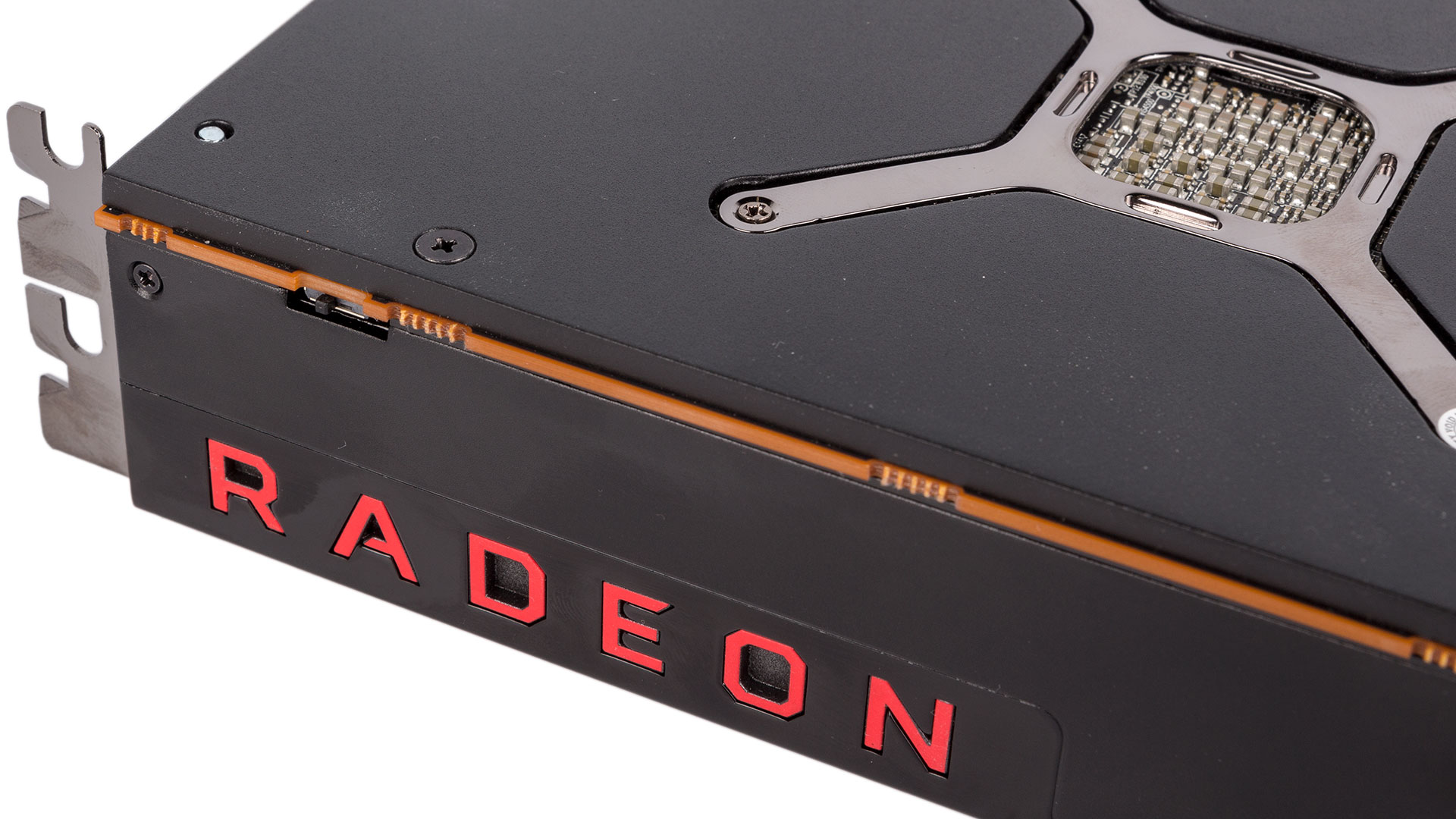
If Radeon WattMan is to be believed, there are very large gaps between boost states with Vega. In Balanced, the RX Vega 64 was switching rapidly between 1,401MHz and 1,536MHz with no transitional states. Power Save saw 1,138MHz as the new low, while Turbo introduced a Peak of 1,630MHz (the maximum boost clock at stock settings, going by GPU-Z). We are used to see much finer granularity here, but ultimately it's performance that matters most.
We managed some pretty high overclocks with our two cards, and we were rewarded with some nice performance jumps as a result. The RX Vega 64 improved by between seven and nine percent, surpassing the Asus GTX 1080 11Gbps Strix OC in the process. The RX Vega 56, meanwhile, was even more responsive, jumping up by between 12 and 17 percent and actually beating the stock speed RX Vega 64 in doing so.

MSI MPG Velox 100R Chassis Review
October 14 2021 | 15:04

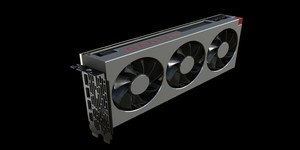

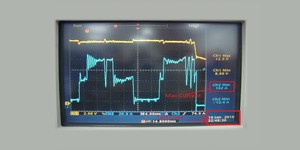




Want to comment? Please log in.